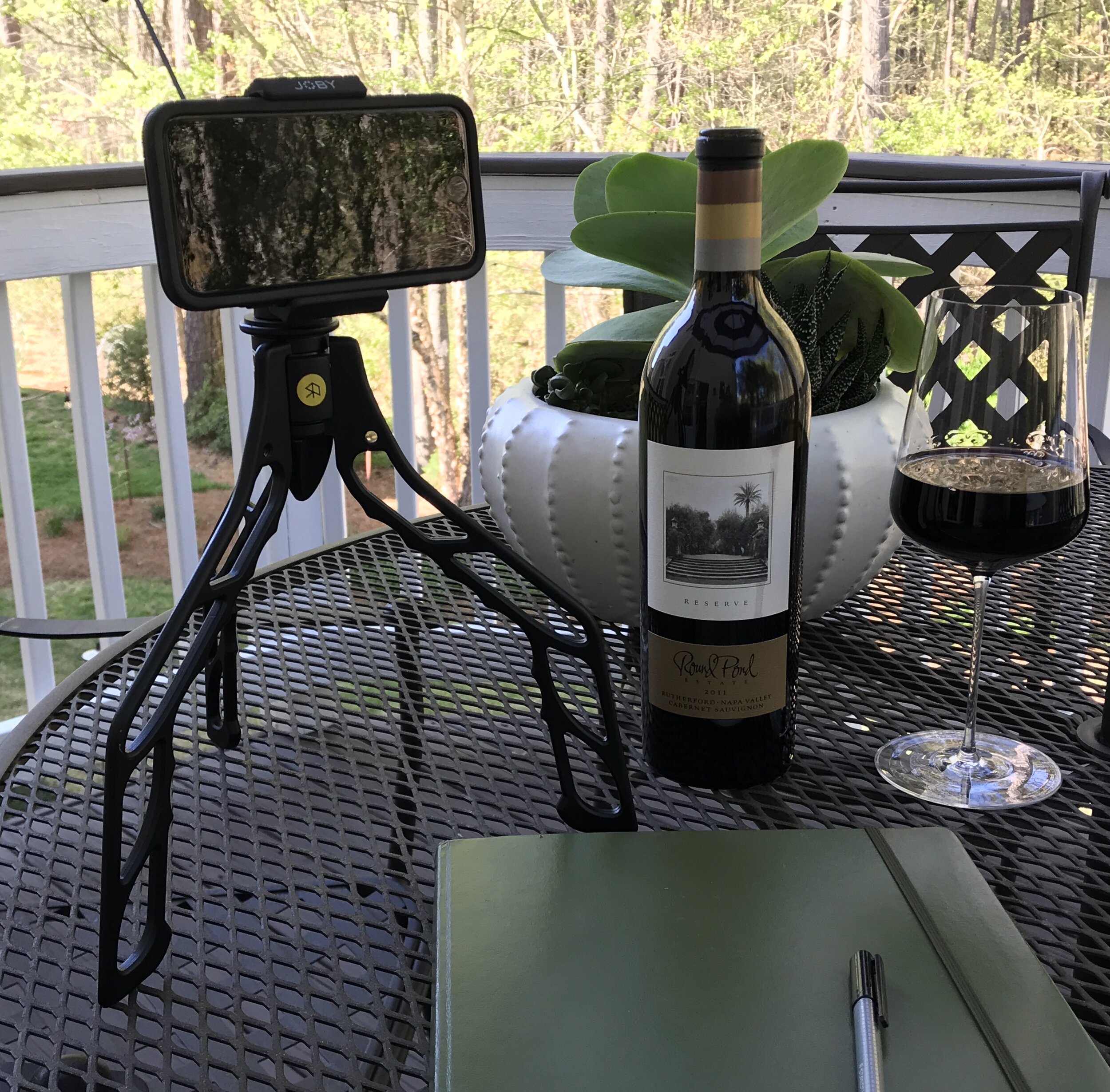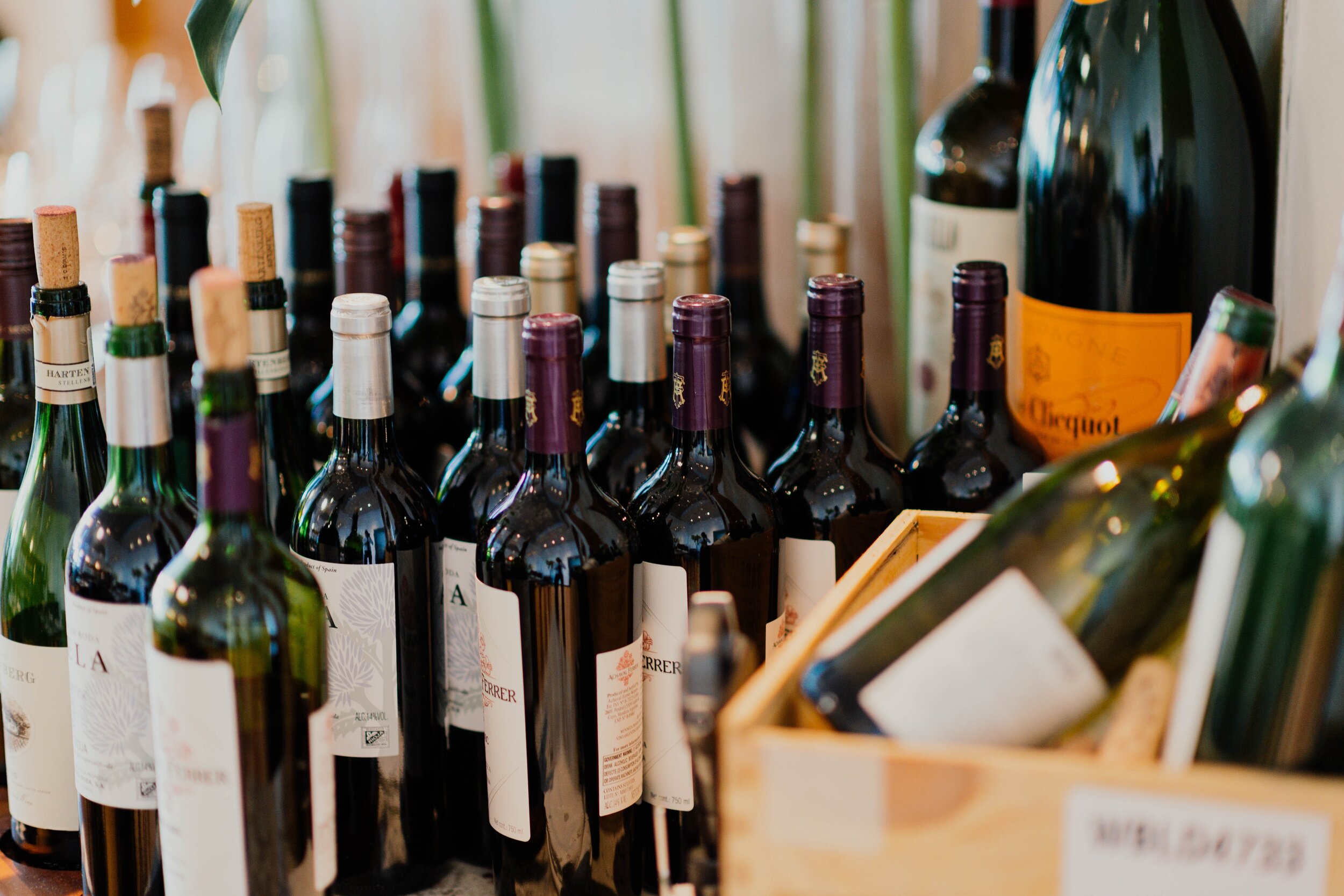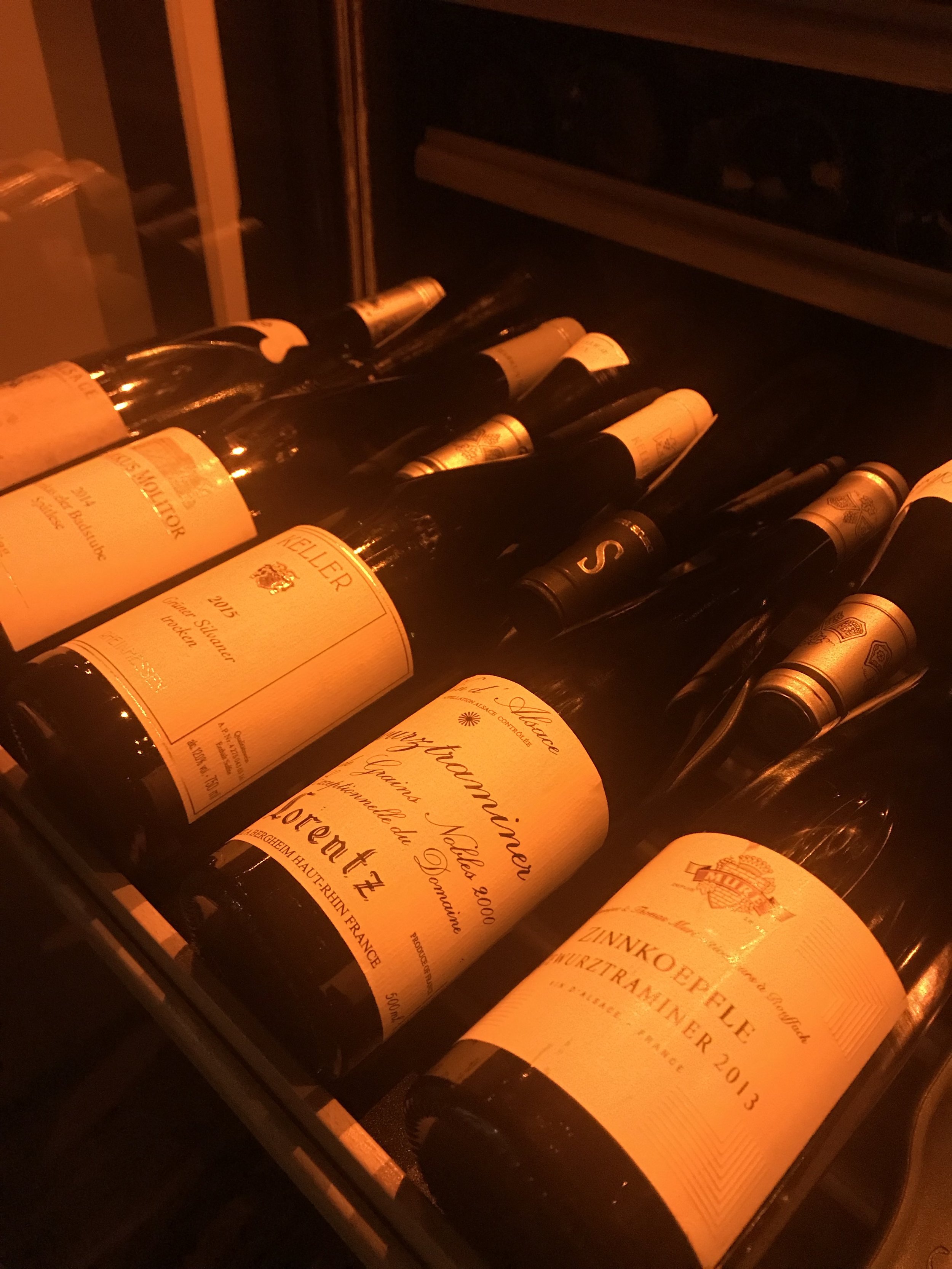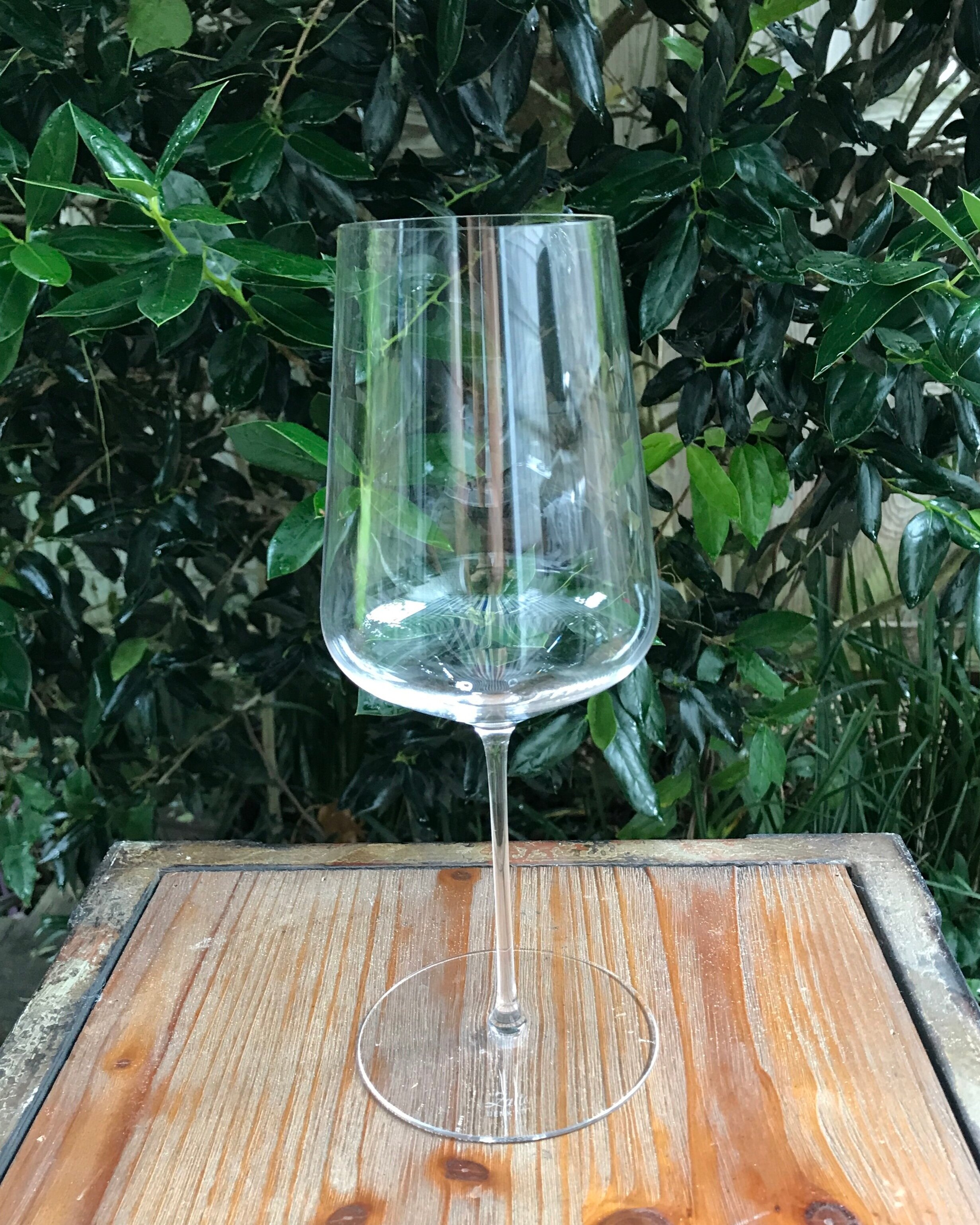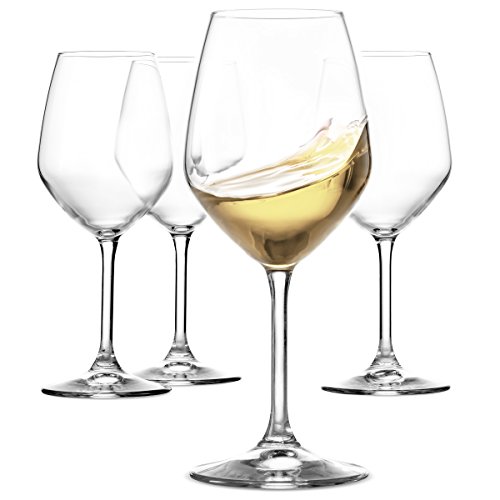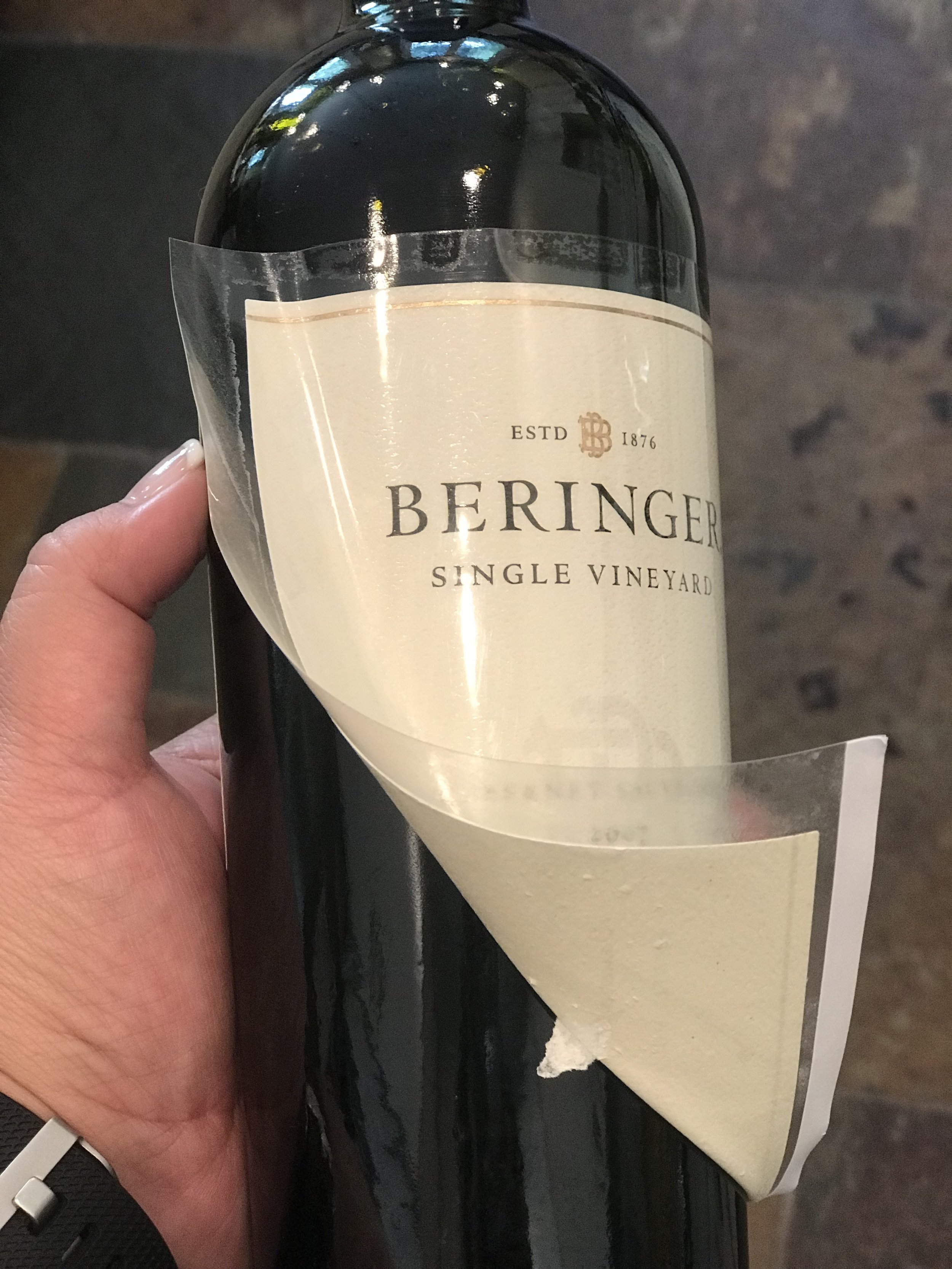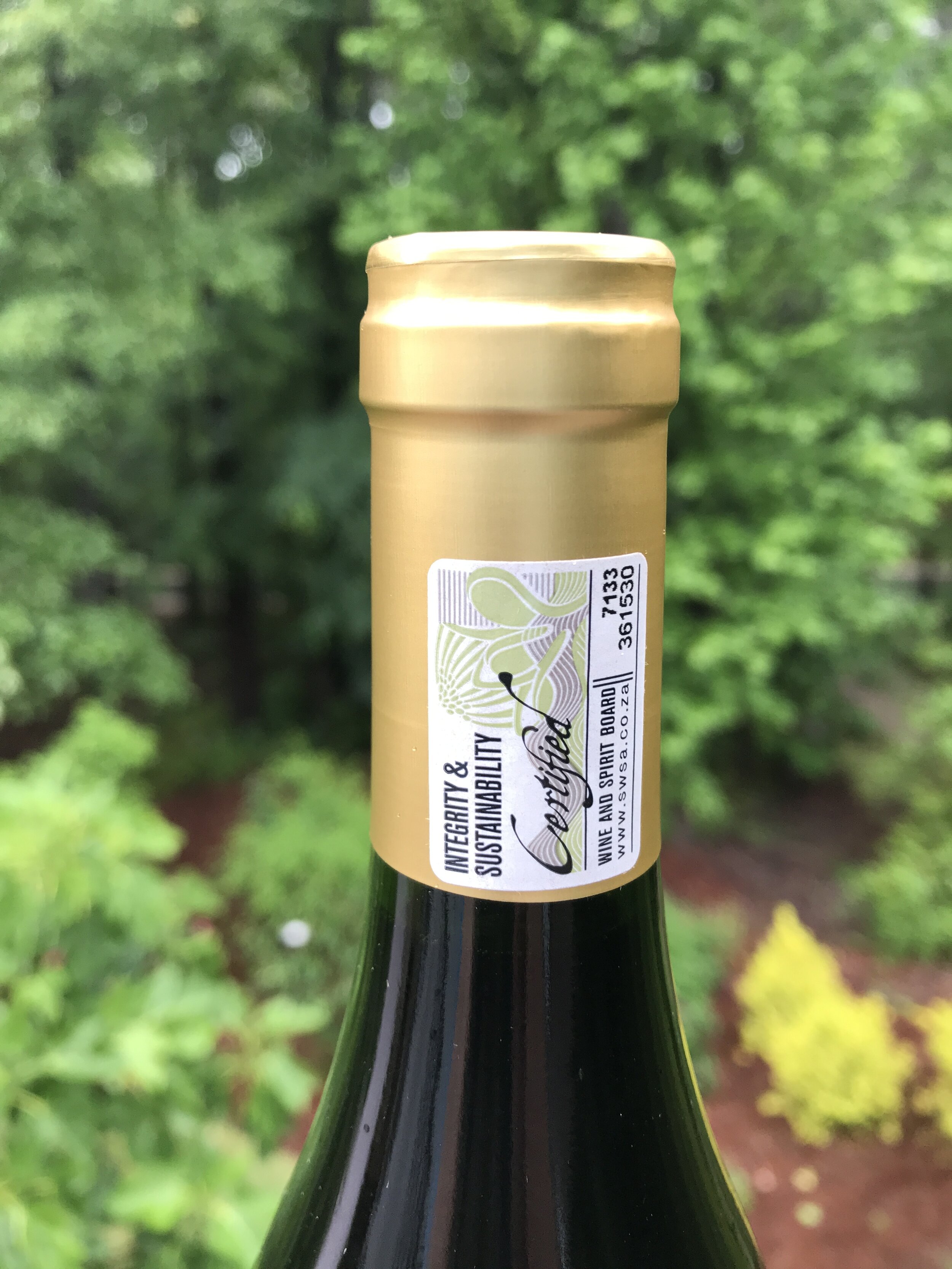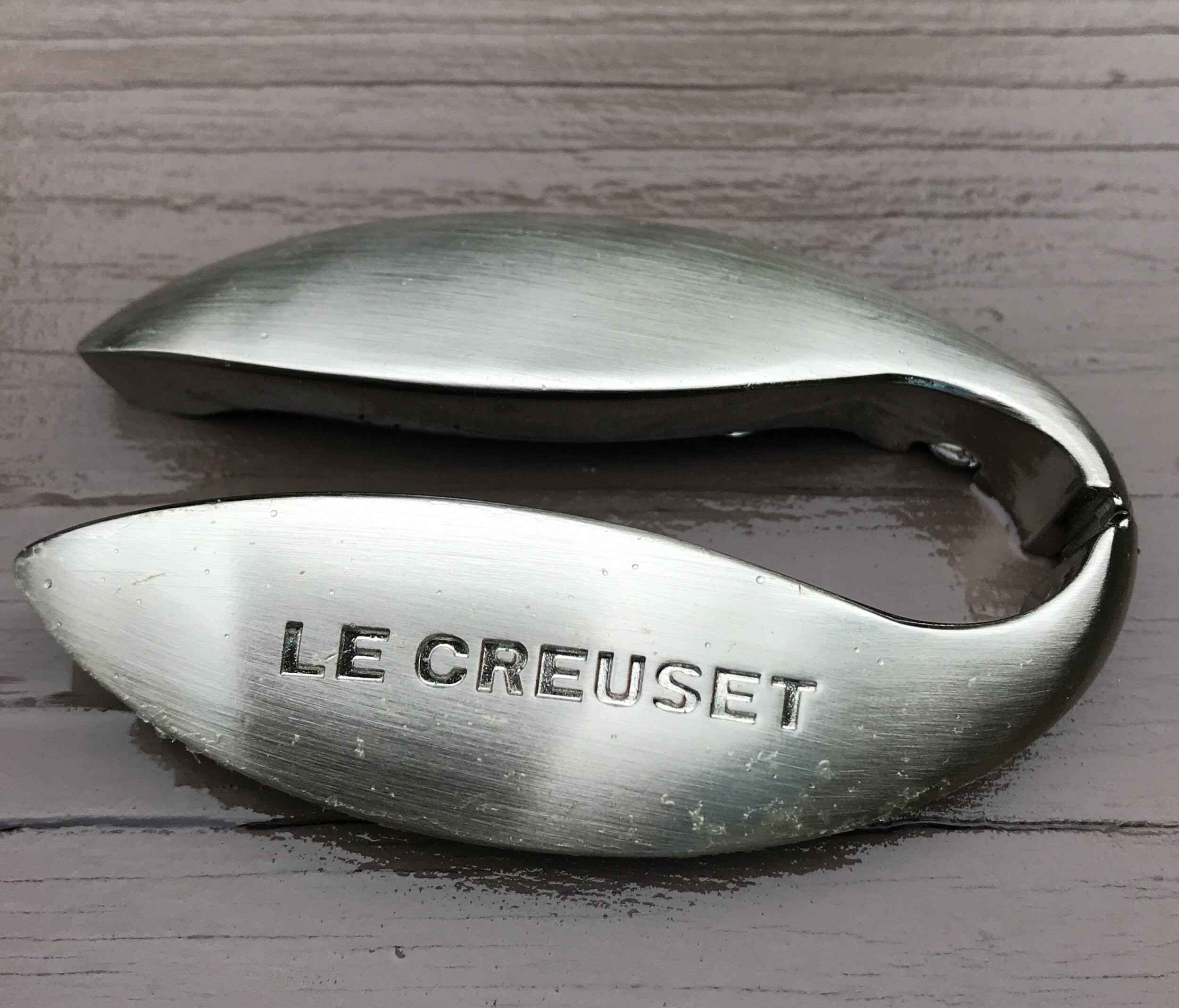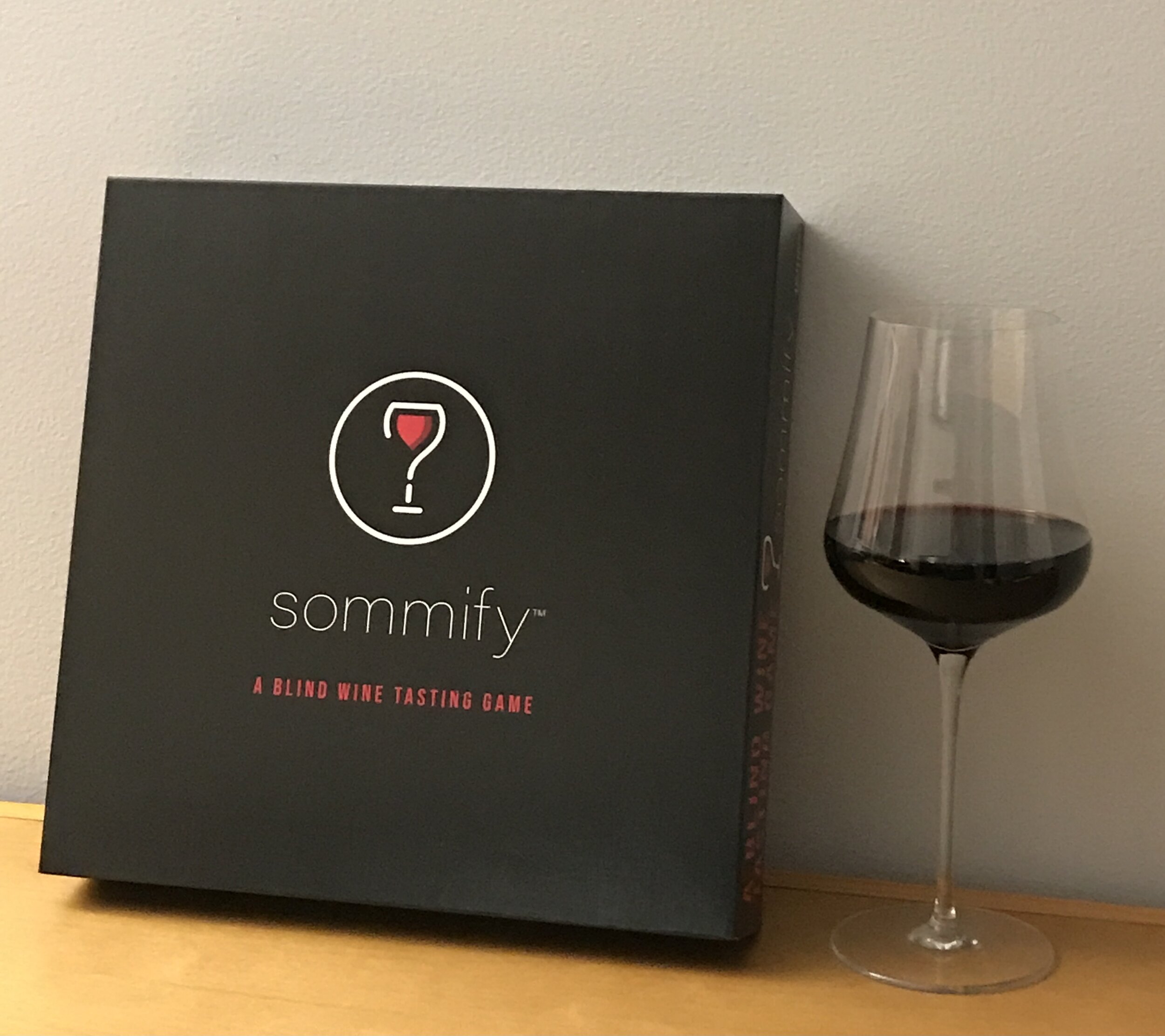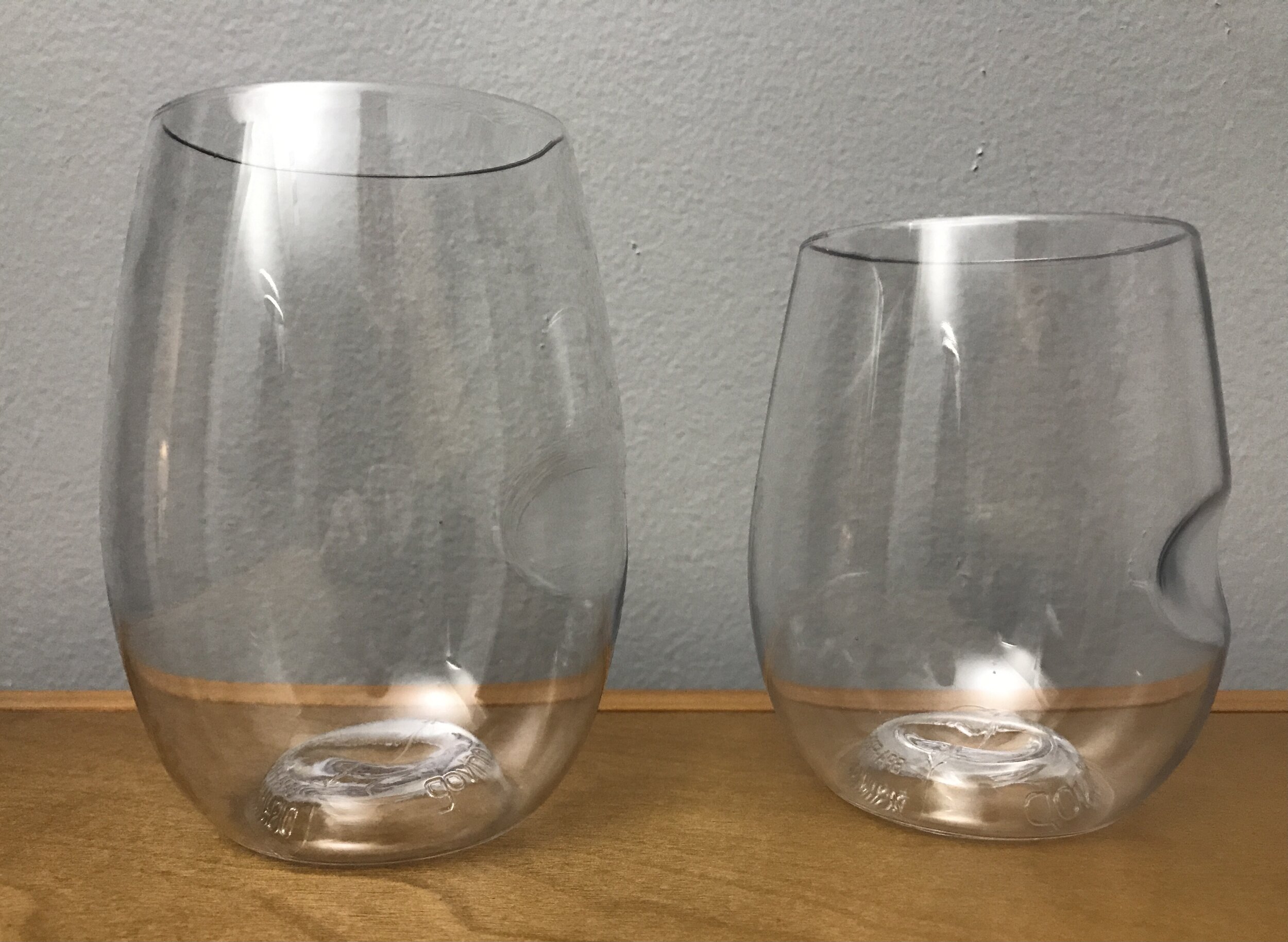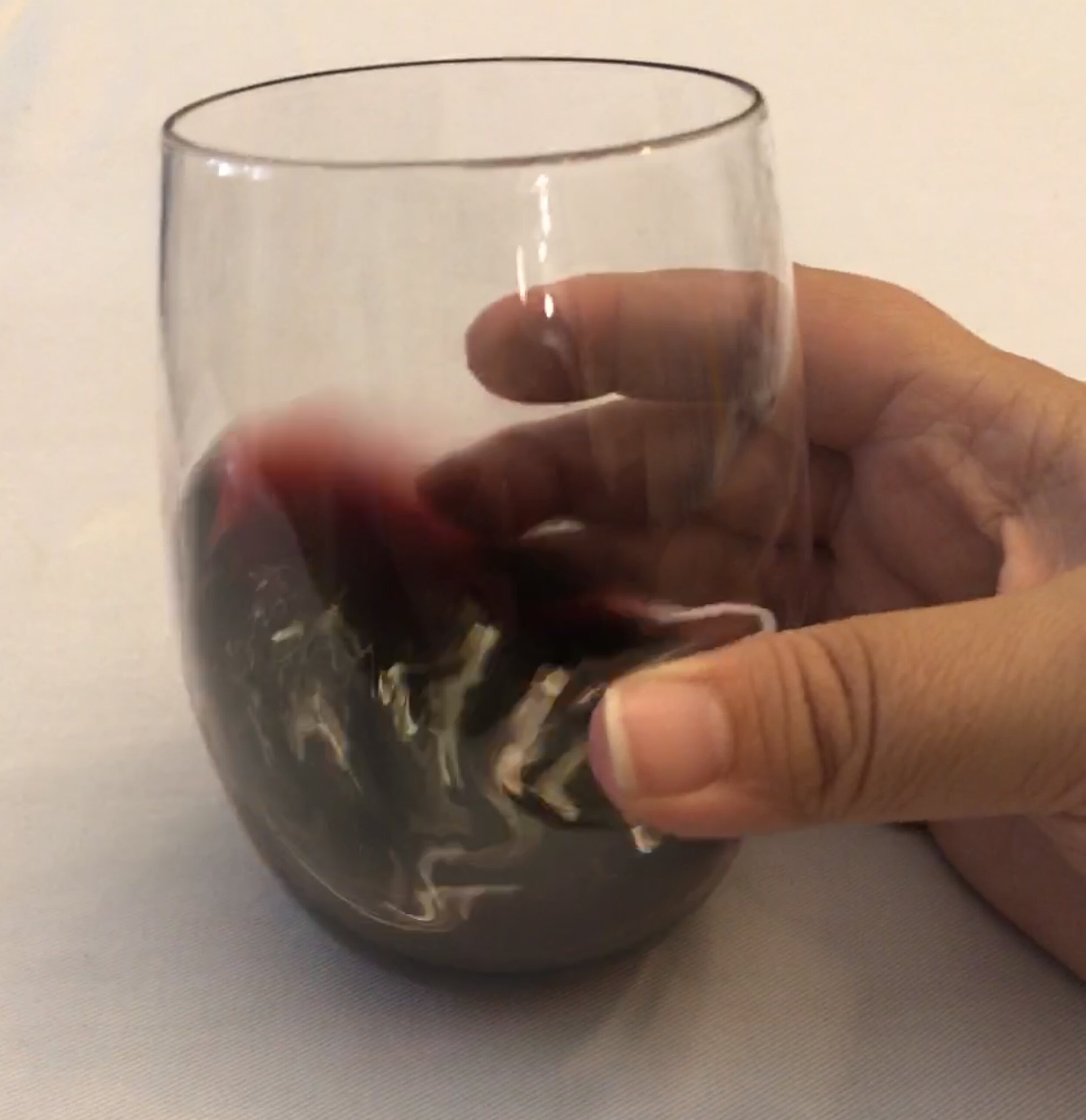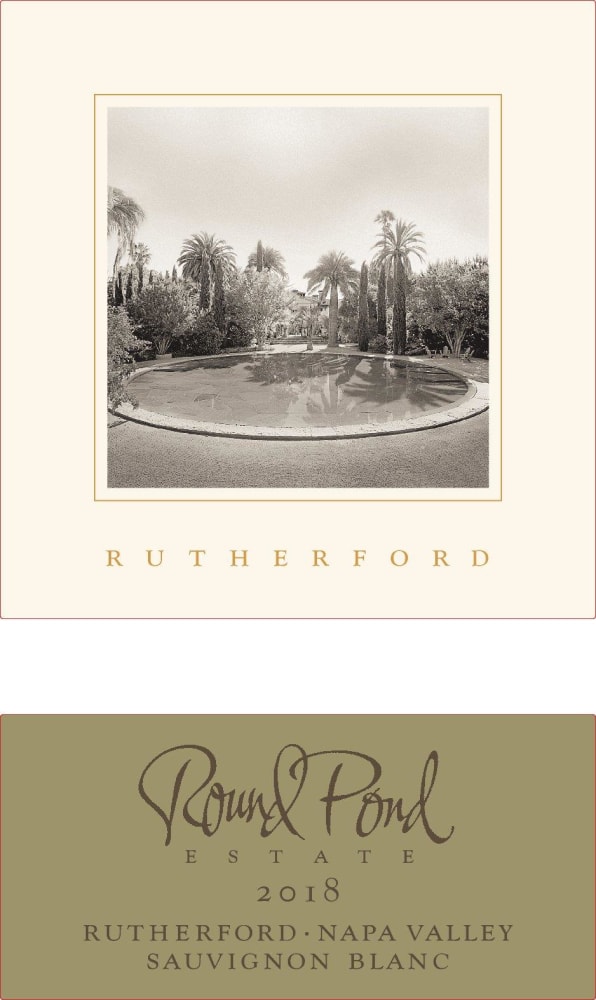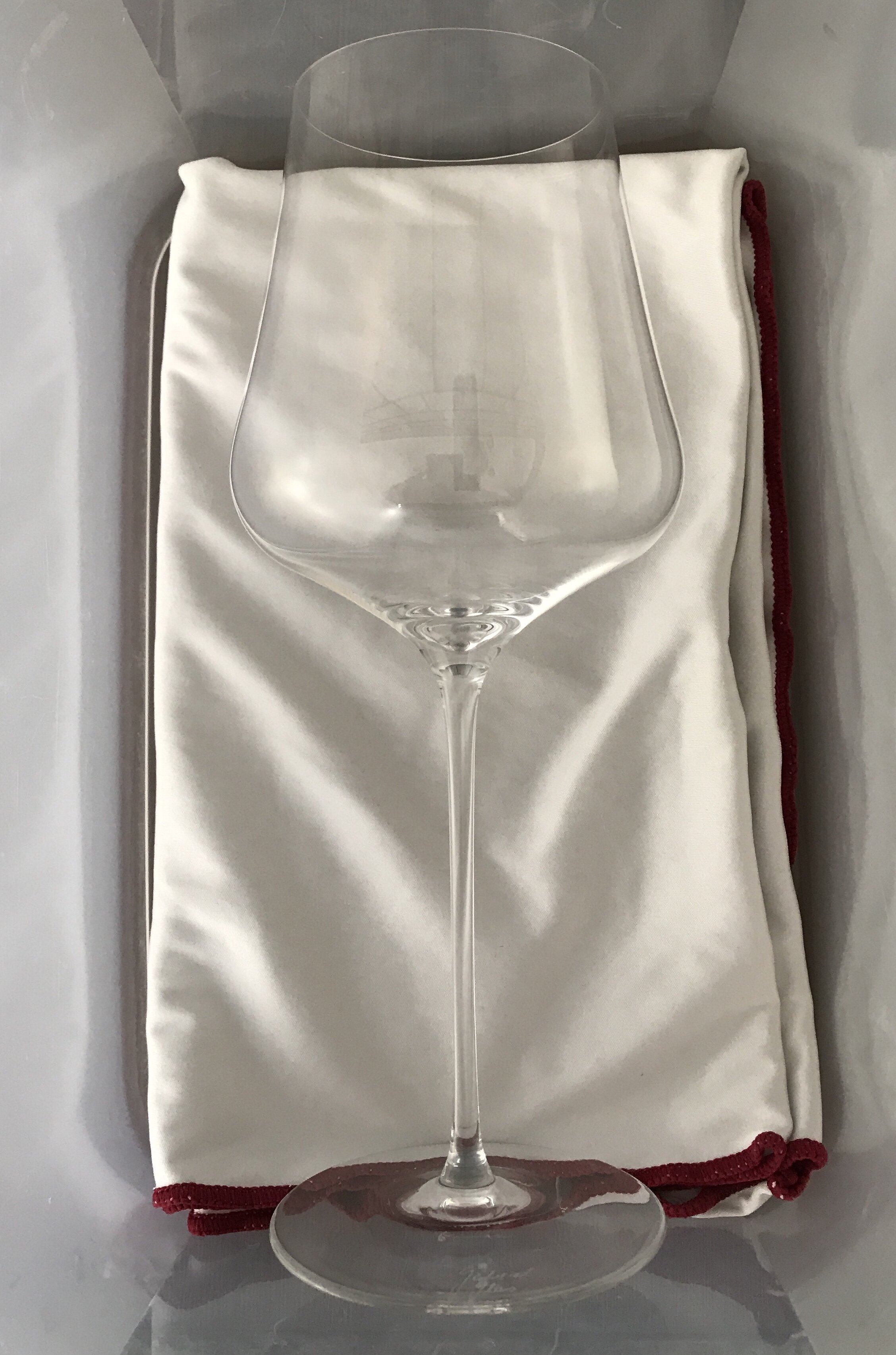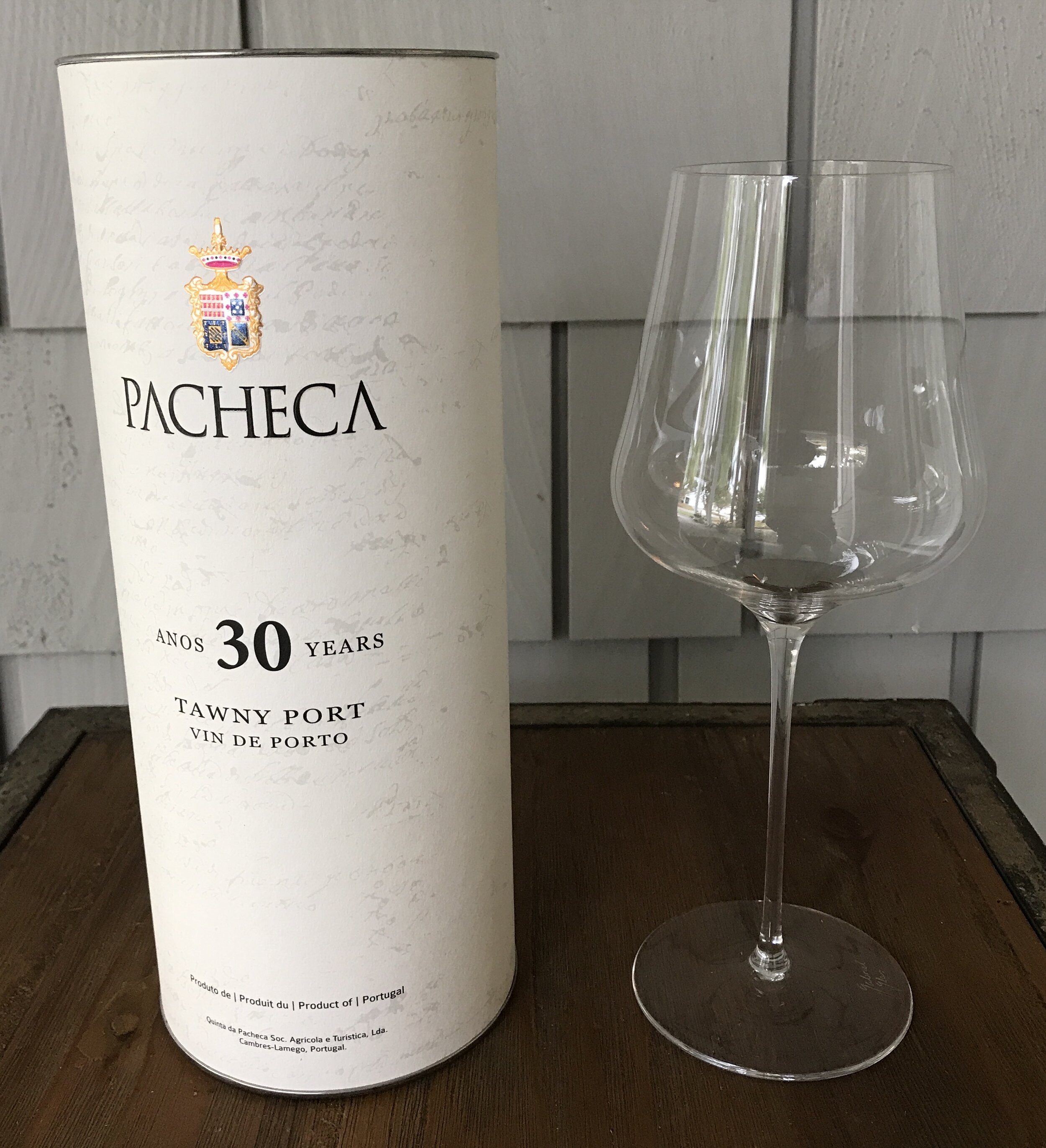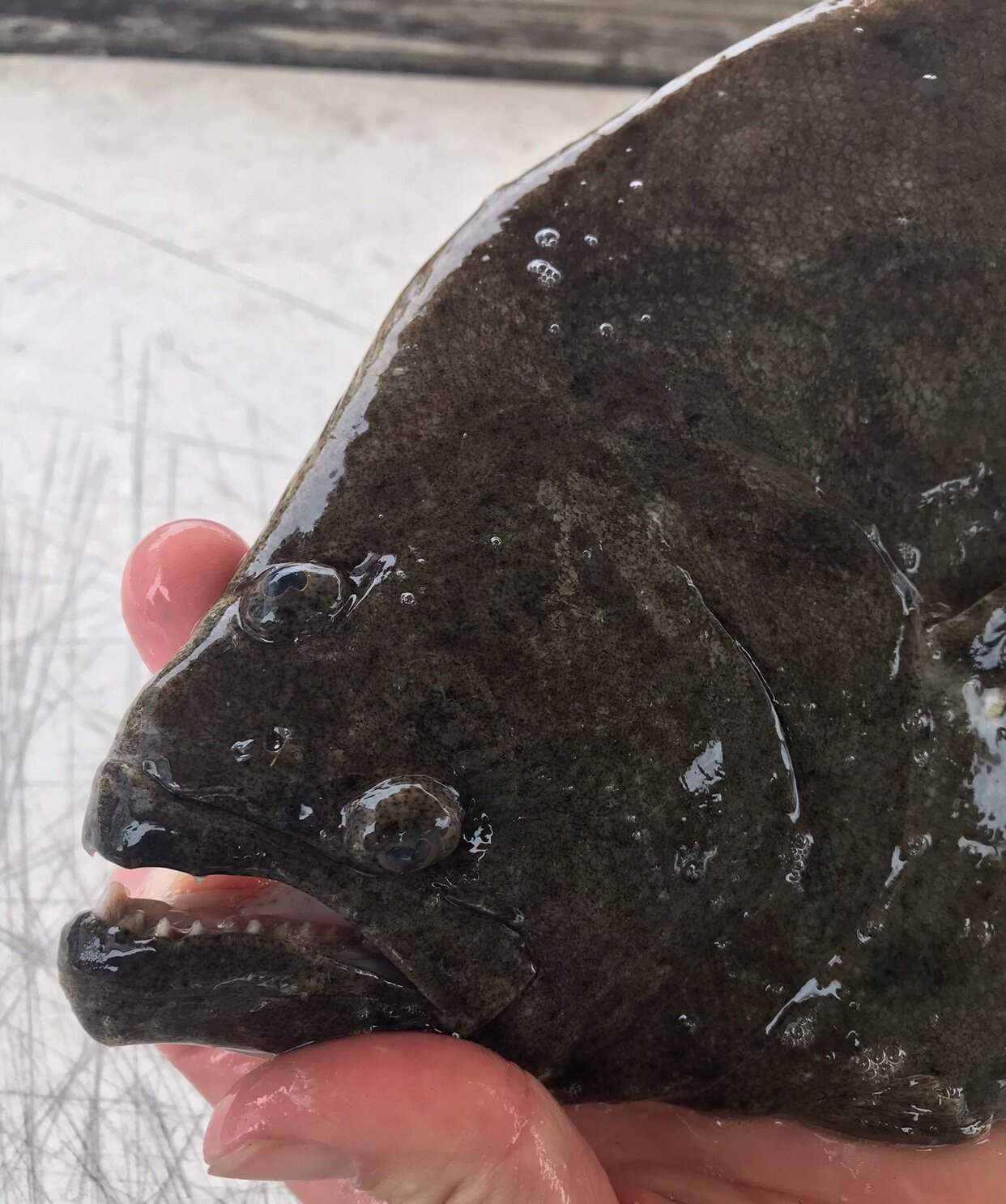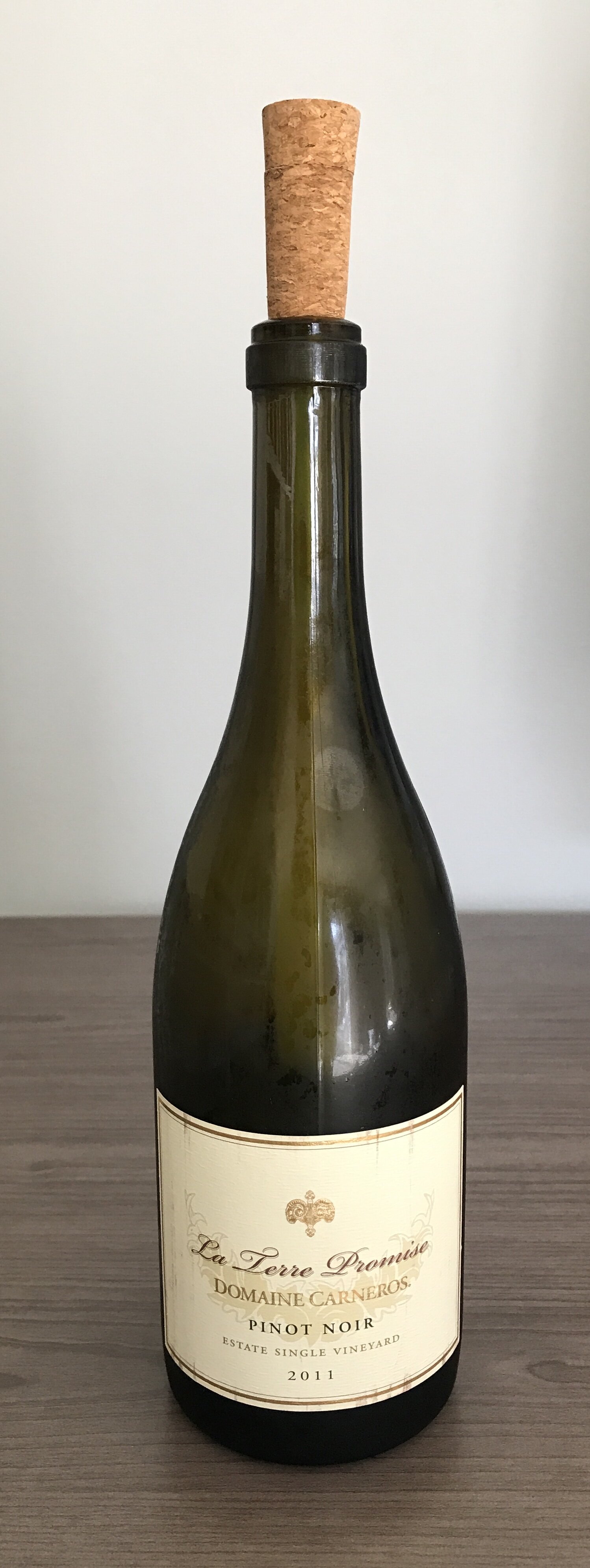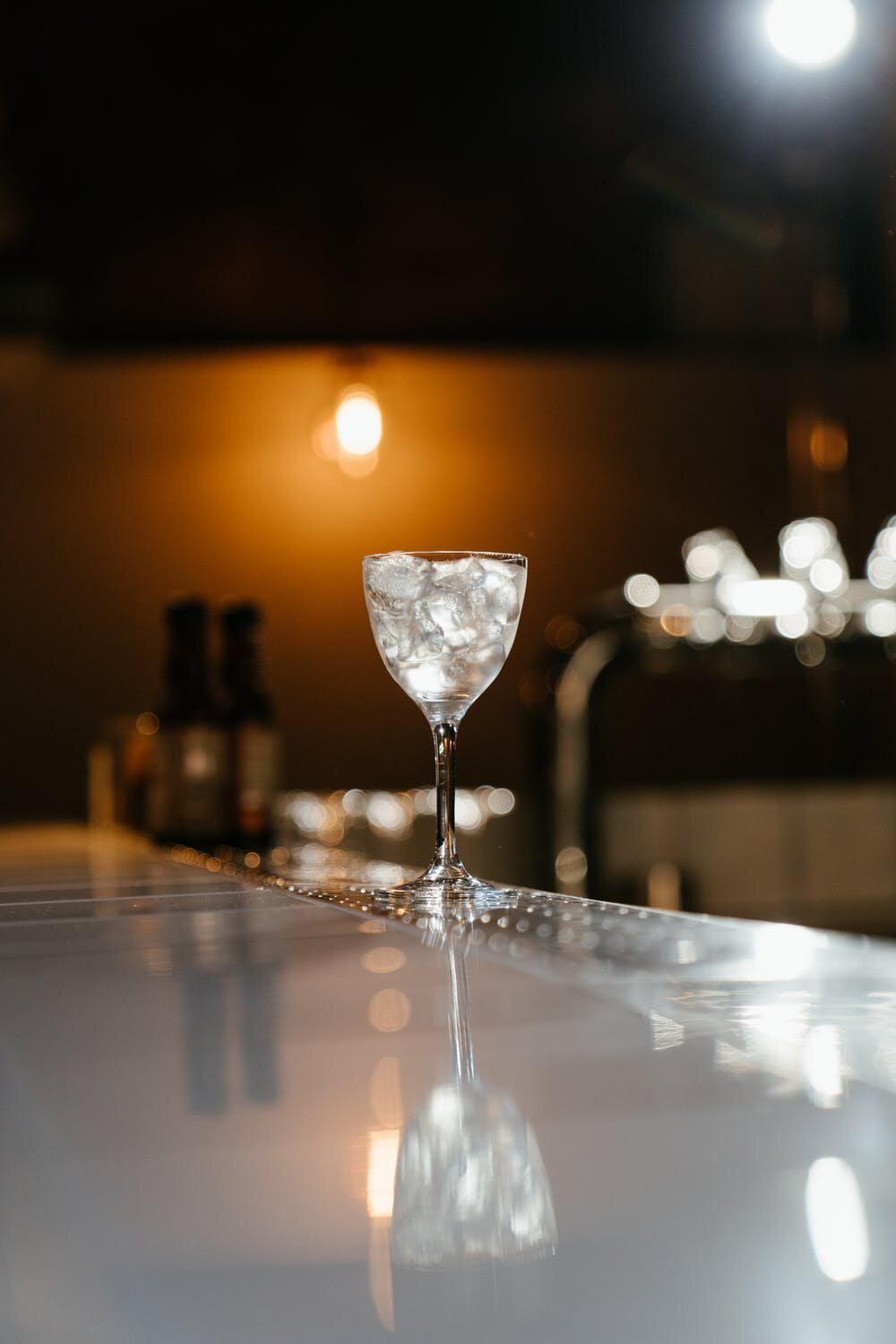If you’re anything like the rest of us, you’re missing your friends during the Covid-19 pandemic. If you’re anything like us at KnowWines, you’re also missing the fun of visiting wine bars and drinking with friends. And if you’re training to be a sommelier, you’re likely feeling stressed about missing out on visiting wineries and tasting for exams.
But here’s the good news. Many neighborhood bottle shops are still open with curbside pickup, and modern technologies like Zoom and Facetime can connect us to friends in real time. So, during this time of social distancing, why not host a virtual wine tasting? Hosting an online wine tasting is a great way to connect with friends during these difficult times while also supporting your neighborhood independent wine shop!
In today’s blog, we’ll offer our best tips, tricks, and tools for hosting an online wine tasting. Before we continue with our recommendations, though, a little about the KnowWines blog. We are an Amazon.com affiliate and we do receive a small commission if you purchase items through our affiliate links at no cost to you. The commissions we receive help us pay for web hosting fees, our podcast, products to test, and other costs associated with running this site. Thanks for using our affiliate links and supporting our independent blog!
What Supplies Do I Need To Host An Online Wine Tasting?
Wine
This is a great time to try some new wines, as many bottle shops are offering “six-pack” specials for curbside pickup. You can go with a random selection of wines recommended by your local bottle shop owner, or you can try for a wine tasting theme. For example, you might try sampling a few different rosé wines, a few different wines from a particular region, or a few different varietals from different vineyards. As your local bottle shop for recommendations! You’ll want your friends to order the same bottles, so you’re all tasting the same wines.
Glassware
You, and the friends you’re gathering with virtually, will need glassware. In a pinch, juice glasses will do, but ideally, you’ll use actual wine glasses to help with noticing the aromas of the wine. Our favorite glassware is Gabriel Glas. However, if you or your friends are the clumsy types, or if you’re planning to be outside on the patio during this virtual tasting, you might want to try for some unbreakable wine glasses.
Notepad or Tasting Grid
While tasting, record your notes in a personalized wine journal, or order one of these delightful wine tasting placemats for each of your virtual partygoers and have them delivered to their homes! And if you’re the only one who has this wine tasting placemat, that’s fine, too. Use it as a guide for helping your virtual guests know what to think about as they’re tasting the wine! (You could also skip the note-taking altogether, and just drink!).
What Technology do I Need to Host an Online Wine Tasting?
Smartphone, Tablet, or Computer
Any smartphone, tablet, or computer with a camera will do. A smartphone is easier if you want to move around during the call, but if you want to stay put at your dining room table or kitchen island, a laptop will be perfect. Just be sure that your device is updated to the most recent operating system so that apps will run smoothly.
SwitchPod or other Smartphone Tripod
We’ve fallen in love with Pat Flynn and Caleb Wojcik’s SwitchPod. This tripod means no more bracing the iPhone up against a wine bottle or other item so that you can see (and be seen) while tasting wine and chatting. Also, you’ll look a lot better from the angle the tripod provides (happy bonus!). We love the SwitchPod because it does not have the bendy arms of earlier tripods. It is easy to travel with and the aluminum alloy construction makes it both very robust and lightweight for travel.
Because most tripods don’t come with smartphone holders, we like this option that holds an iPhone securely on any tripod. So, if you already have a tripod, this might be a good addition to your online party kit!
Once you’re all set up with devices, it doesn’t matter what type of application you use. In these days of social distancing, two popular choices are Zoom and FaceTime. Below are a couple of easy-to-follow videos that walk you through how to set up a group call on Facetime and Zoom. If you haven’t done this before, don’t worry! These apps make it pretty easy to learn the ropes.
Facetime
Here’s a quick tutorial on how to set up a group Facetime call:
Zoom
Here’s a quick tutorial on how to set up a Zoom meeting (or in your case, Zoom party!):
DIY Online Wine Tasting: Step by Step
So, you have the wine and the laptop and everything else you need for a fun online happy hour with friends. Here are the simple steps for putting on your own online wine tasting with friends.
First, contact your friends to set up a time that work for everyone. 4-10 friends is an ideal number. With more than 10, the screen gets a little crowded and socializing becomes trickier.
Agree to a platform that works for all of your friends (such as Facetime or Zoom).
Select your wines and agree to order them on the same day so that everyone will have the chosen wines by the party date.
On the day of the party:
Get your tripod and smartphone device ready to go.
Prepare a clean glass for tasting.
Start the Facetime call or Zoom meeting.
Start tasting (and chatting!) with friends!
Take notes if you like.
Virtual Alternatives to a Wine Tasting Party with Friends
If you aren’t up for organizing an online wine tasting, but still like the idea of socializing with other wine lovers while sheltering in place, consider these options.
Social Online Wine Classes
Party of one or two and want to meet some new friends? Wine For Normal People podcaster, wine entrepreneur, and Certified Sommelier Elizabeth Schneider has increased the number of online wine classes she offers. The classes range from introductory to “wine geek.” We love that she offers classes exploring wines from a specific region or appellation. To participate in Elizabeth’s wine classes, make sure you give yourself enough time to seek out the selected wines. These wines are budget-friendly unless specified (keeping in Elizabeth’s Podcast theme “Wine for Normal People”).
Serious Online Wine Classes
Interested in getting a certification? Napa Valley Wine Academy has made many of their wine classes available online. Courses include Wine 101, American Wine Expert, and Wine and Spirit Educational Trust. Class sign-up includes wine kits for tasting!
In Summary
During this time of social distancing, an online wine tasting party is a great way to connect with friends and family who enjoy wine as much as you. It really doesn’t take much to organize such an event! You simply need wine, glasses, something to write on if you want to share notes, a smartphone, a tripod like the SwitchPod, and the Zoom or FaceTime app (both of which are free!).
If you don’t want to host a party, join one of Wine for Normal People’s classes or study with the pros at Napa Valley Wine Academy.
Whatever you decide, we hope that you manage to include a bit of your old social life during social distancing.
Stay safe. And cheers!

